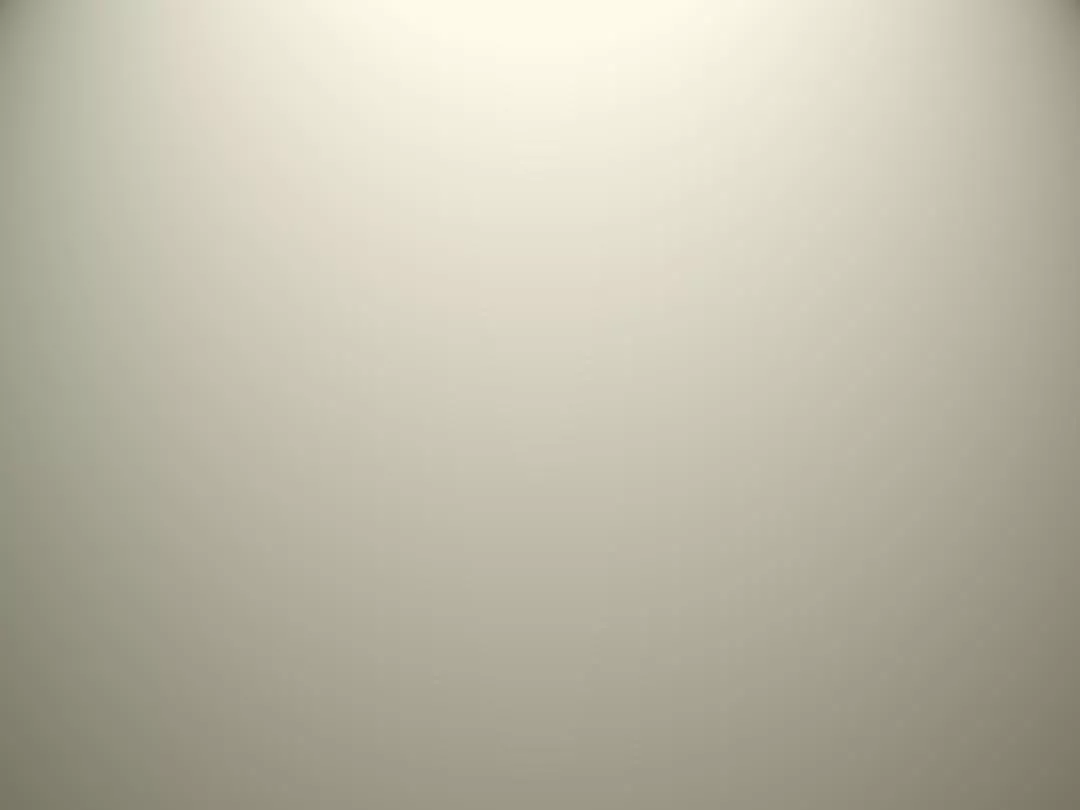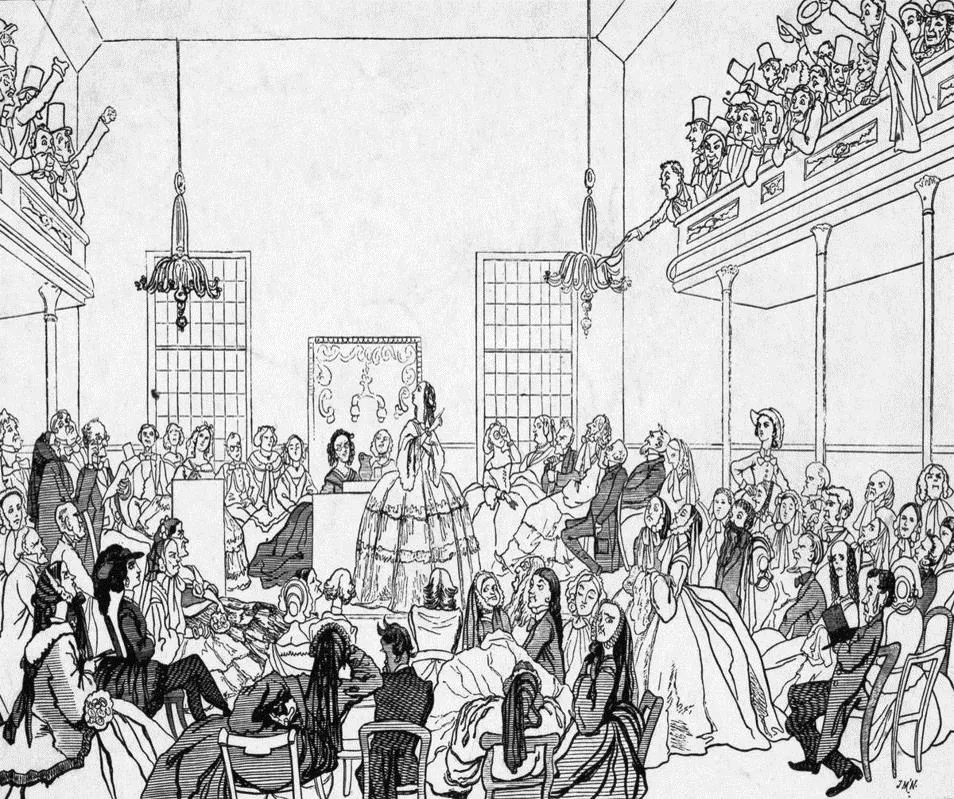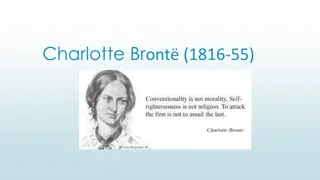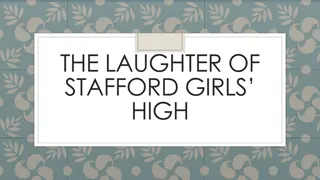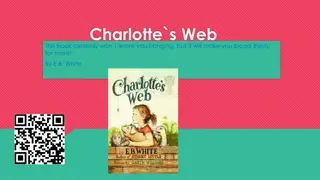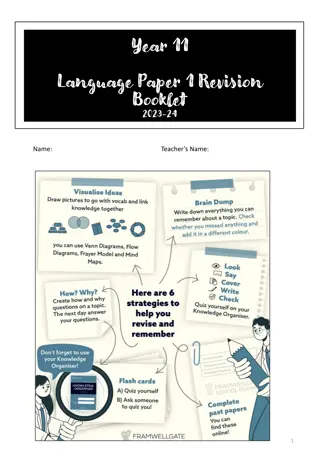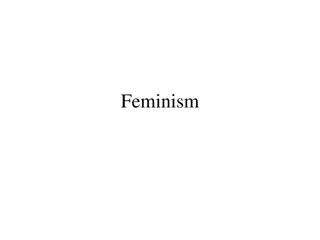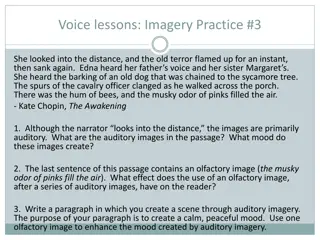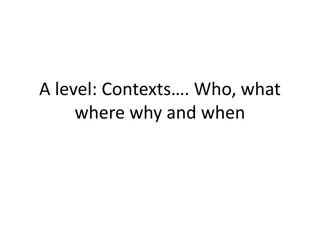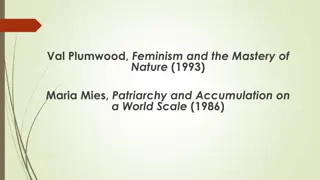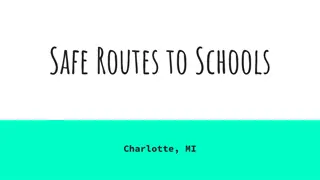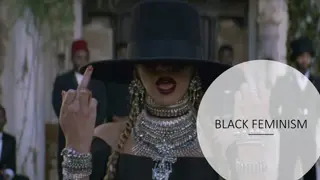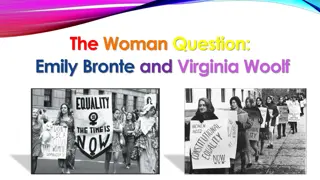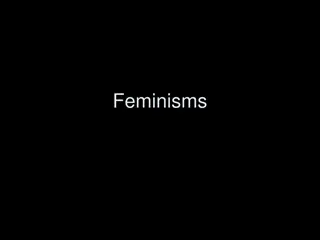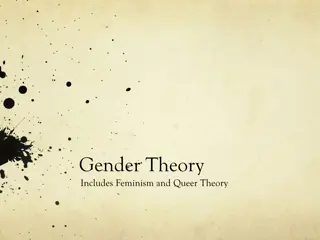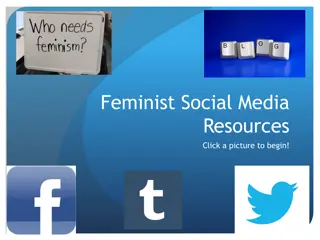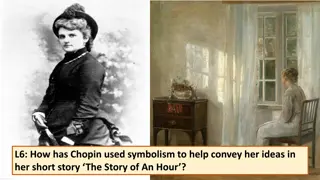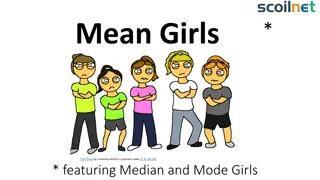Evolution of Feminism Through Charlotte Perkins Gilman & Kate Chopin
First Wave Feminism focused on suffrage and legal rights in the 19th century. It later transitioned into the Second Wave critiquing patriarchal structures, with key figures like Betty Friedan and Gloria Steinem. Third-Wave Feminism emerged in the early 1990s addressing workplace harassment and power dynamics. Charlotte Perkins Gilman, a prominent feminist and author, challenged societal norms through her works, like "The Yellow Wallpaper," reflecting on women's mental health issues in the 19th century.
Download Presentation

Please find below an Image/Link to download the presentation.
The content on the website is provided AS IS for your information and personal use only. It may not be sold, licensed, or shared on other websites without obtaining consent from the author. Download presentation by click this link. If you encounter any issues during the download, it is possible that the publisher has removed the file from their server.
E N D
Presentation Transcript
Womens Writing - First Feminist Wave Charlotte Perkins Gilman & Kate Chopin
FirstWave Feminism (~1848 1920) suffrage, legal rights (property and voting) Margaret Fuller, Woman in the Nineteenth Century (1843/45) Charlotte Perkins Gilman - essays Notable connection to the slavery abolition movement, yet essentially white feminism Second Feminist Wave (~1960s early 1980s) critiquing patriarchal, male-dominated social structures and cultural practices (family, workplace, reproduction) Betty Friedan, The Feminine Mystique (1963) Gloria Steinem Engagement in politics, legal victories (e.g. Equal Pay Act) Third-Wave Feminism (~ early 1990s ?) fighting against workplace sexual harassment, working to increase number of women in positions of power Judith Butler, Kimberl Crenshaw (intersectionality) Riot Grrrl movement
Women in late 18th early 19thc No civil status under the law Education = embroidery, china painting, French Role = instruments of instruments of spiritual and moral spiritual and moral refinement, existing to refinement, existing to ennoble and spiritualize ennoble and spiritualize men men (E. Showalter) confined in the domestic sphere Freedom of slaves = freedom of women
Charlotte Perkins Gilman(1860 1935) Feminist, socialist, humanist, lecturer, essayist, novelist, caricaturist, publisher Women and Economics, 1898 (women s economic dependency on men stunts not only the growth of women but the whole human species) Proposed re-definition and re- structuring of domestic and child-care chores The Man-Made World (1911); His Religion and Hers (1923) preferred chloroform to cancer
The Yellow Wallpaper Reflection on the writer s life Illustration of 19thc attitudes towards women s mental and physical health Collection of journal entries written by a woman in rest cure recuperating from a slight hysterical tendency Despite Gilman's widely known credentials as a feminist thinker, author, and speaker of her day, "The Yellow Wallpaper" was not approached as a feminist work until the 1970s.
Female Gothic Setting: ancestral colonial, haunted mansion Themes: confinement, oppression, madness and disjuncture Male antagonist Fear and the uncanny ( bulbous eyes ; absurd unblinking eyes everywhere ) Transformation: from writer to wife to mother to invalid to lunatic to creeping woman The moon
Authentic Realism (1970s) Critical approach that emphasizes on exchange between writer, text and reader the experiential nature of literature. Reading strategy transformative: relating to women s experiences and female consciousness-rising and possibly creating alternative models of living.
Narrative Voice First person narrator unreliable WHY? Epistolary style journal Fragmented; short paragraphs and dashes mimicking shifts in thought; inner monologue Split voice = carrying the conflict between the male, patriarchal line and the female, complex description (imagination) Artistic consciousness: I know the principles of design
Imagination rather than hallucination Artistic consciousness Is the narrator mad? I never saw so I never saw so much expression in an much expression in an inanimate thing before, and inanimate thing before, and we all know how much we all know how much expression they have! I used expression they have! I used to lie awake as a child and to lie awake as a child and get more entertainment and get more entertainment and terror out of blank walls and terror out of blank walls and plain furniture than most plain furniture than most children could find in a toy children could find in a toy- - store. store. I remember what a I remember what a kindly wink the knobs of kindly wink the knobs of our big, old bureau used to our big, old bureau used to have, and there was one chair have, and there was one chair that always seemed like a that always seemed like a strong friend. strong friend. Paradox (?): while the narrator s perception of the wallpaper reflects an increasing madness, the deeper she looks the better she feels.
The Wallpaper The paint and paper look as if a boys school had used it. It is stripped off the paper in great patches all around the head of my bed I never saw a worse paper in my life. One of those sprawling flamboyant patterns committing every artistic sin. It is dull enough to confuse the eye in following, pronounced enough to constantly irritate and provoke study, and when you follow the lame uncertain curves for a little distance they suddenly commit suicide plunge off at outrageous angles, destroy themselves in unheard of contradictions. The color is repellent, almost revolting; a smouldering unclean yellow, strangely faded by the slow-turning sunlight. It is a dull yet lurid orange in some places, a sickly sulphur tint in others. I know a little of the principle of design and I know this thing was not arranged on any laws of radiation, or alternation, or repetition, or symmetry, or anything else that I ever heard of.
The Wallpaper Symbol: the woman in her traditional , domestic role Pattern: containment, imprisonment, women in the background Colour: Sickness, Age and deterioration, Dullness Brightness of the yellow sun ( old foul, bad yellow things ) Language: (male) words / rational discourse vs. (female) patterns and design / imagination and creativity Representing escape from social (oppressive) norms
The House (superimposed views) A colonial mansion, a hereditary estate, I would say a haunted house there is something queer about it. a big, airy room it was nursery first and then playroom and gymnasium. I should judge, for the windows are barred for little children, and there are rings and things in the walls. The floor is scratched and gouged and splintered, the plaster itself is dug out here and there. This great heavy bed which is all we found in the room, looks as if it had been through the wars I lie here on the great immovable bed it is nailed down, I believe.
Other Formal Elements Characters: John, Jennie, Mary (nanny) Doppelg nger Imagery: Wallpaper Delicious garden yellow smell Irony: Verbal ( John laughs at me, of course, but one expects that in marriage. ) Dramatic/of situation (the room) Diction: a woman stooping down and creeping about [the smell] creeps all over the house. I find it hovering in the dining room, skulking in the parlor, hiding in the hall, lying in wait for me on the stairs. [the woman] crawls around fast Repetitions (creeping)
Kate Chopin (1850 - 1904) Writing career began once widowed Two novels; prolific short story writer (also children s); articles and translations; well known to readers of magazine fiction. Often credited for introducing the modern feminist literary movement (impressive revival in the 1950s) Dominant theme = freedom / escaping the confines of a stifling marriage, through: notions of open marriage love affairs with passionate men separation and divorce art, writing or music
Literary Influences The Bildungsroman Guy de Maupassant stories Three phases of American women s writing: The domestic novel (1850s and 1860s) The local color novel (1870s and 1880s) The New Women writers (1890s) Challenging American literary tradition by bold expression of women s longing for sexual and personal freedom/searching for independence and self-realization in an unprecedented way.
The Awakening (1899) Edna Pontellier s struggle between her increasingly unorthodox views on femininity and motherhood and the social conventions / constraints of turn-of-the-century South (set in Louisiana and New Orleans) Particular controversy upon its publication censored, considered immoral. Chopin had difficulty publishing stories after its release. Revival in the 1970s Varied interpretations and discussions on the novel s themes. Regionalism / local color writer setting mostly in north/central Louisiana / Natchitoches Creole and Cajun influences in her writing style
The Story of an Hour 3rdperson narrative but also represented speech: What was it? She did not know, it was too What was it? She did not know, it was too subtle and elusive to know. subtle and elusive to know. Composition: events cover one hour in the life of the protagonist / circle Tone follows protagonist s psychological progress Lack of specific spatial setting Time: Spring Irony: verbal, dramatic, situational
Poetic Writing Style Syntax: as the story unravels, shorter sentences, more pauses (commas, semicolons) = rhythm Repetition to highlight important points ( free, open ; that life might be long ) Adjectives: a comfortable, roomy armchair; the delicious breath of rain; a paralyzed inability; the kind, tender hands. Metaphor: the notes of a distant song which someone was singing reached her faintly; there were patches of blue sky showing here and there through the clouds that had met and piled one above the other in the west facing her window.
Louise Mallard From Mrs Mallard to Louise Psychological process Conditioned by society Happily married? Heart condition Why this ending? She breathed a quick prayer that life might be She breathed a quick prayer that life might be long. It was only yesterday she had thought with long. It was only yesterday she had thought with a shudder that life might be long. a shudder that life might be long.
The Open Window Representing freedom and opportunities awaiting Imagery synaesthesia: she could see in the open square before her house the tops of trees The delicious breath of rain was in the air. In the street below a peddler was crying his wares. The notes of a distant song and countless sparrows were twittering ... there were patches of blue sky. Sense experience = spring and joy = new life



